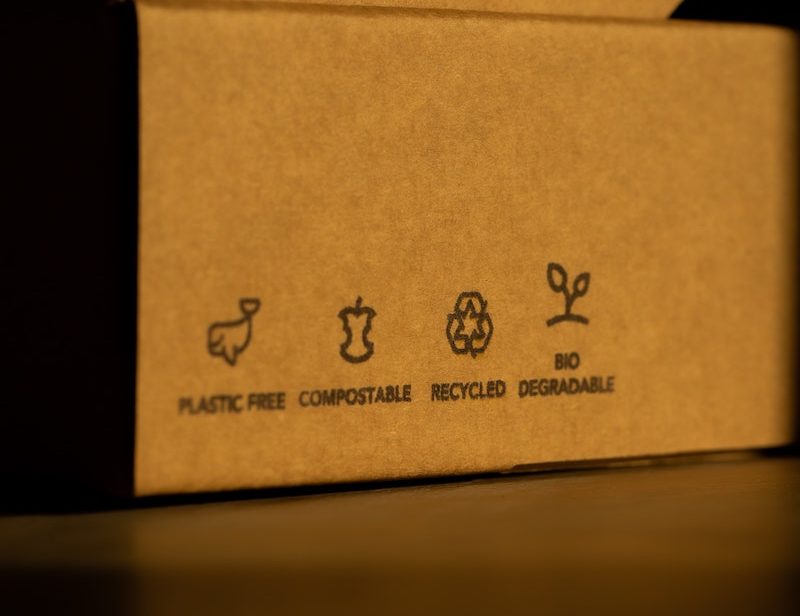Have you ever wondered: what is a circular economy? How does it work? And what are the benefits? There’s no need to look any further. Read on to discover everything you need to know about the circular economy.
You probably know that the world produces vast amounts of waste. In fact, we create 2.01 billion tons annually, according to The World Bank. And global waste will grow to 3.4 billion tons by 2050. We are using more resources than the planet can provide.
First of all, what is a linear economy?
We currently operate on a linear economy. That means we extract materials at a faster rate than we replace them. And we treat products as waste, incinerating usable materials or simply throwing them onto landfill when we’ve had enough. This leads to natural resource loss. And it means hazardous substances leach into our soil, water and air. It’s simple really: manufacturing and transportation lead to pollution.
The bad news is that some of our resources are already running low. And this problem will increase as the world population grows. In short, a ‘take-make-consume-throw away’ economy is just not sustainable.
So what exactly is a circular economy?
A circular economy involves reducing, reusing, recycling and recovering existing materials and products. It means working hard to extend products’ lives. People working in a circular economy handle resources more responsibly, building products that last and upgrading or repairing where possible.
A library is the perfect example of a circular economy. Hundreds of readers can read a single book. Renting and leasing business models such as the Library of Things are built on this theory. In such an economy, at the end of a product’s life, someone works out how to use its parts again, further reducing the need to extract new materials.
Industries always produce by-products. In a circular economy, these by-products aren’t waste: they’re resources. MarinaTex is the perfect example of this. The company takes waste from fish processing plants and turns it into a type of plastic. Managing waste in this way reduces pollution.
Circular innovations
One of the most abundant resources is innovation. And with the circular economy creating opportunities for new business models, many companies are developing ingenious ways to reduce, reuse, recycle and recover.
UK based Winnow has developed a smart metre that analyses commercial kitchen waste and identifies ways to reduce it. Having cut down waste by 50% in over 40 countries, the company has saved its customers millions of dollars.
Lehigh Technologies turns tyres and other rubber waste into micronised rubber powder, using it to make more tyres and other products. So far the company has produced 500 million new tyres.
Canada-based Enerkem extracts carbon from rubbish that cannot be recycled. This carbon is used to make gas which then becomes fuel and other chemicals. The city of Edmonton reuses 90% of its waste this way. And the company saves 100,000 tons from landfill every year
How to align your life to the circular economy
Circular economies are all about reducing waste. So what can you do at home to help? Here are four simple ideas:
- Use your products for longer. Look after them properly to extend their lives.
- Choose products that can be repaired, recycled and upgraded.
- Don’t automatically choose the cheapest option — a more expensive product may be cheaper to maintain. And this will save you money in the long term.
- See the raw materials in your products as valuable resources in the circular economy. Don’t discard them willingly. Remember the mantra: reduce, reuse, recyle.

